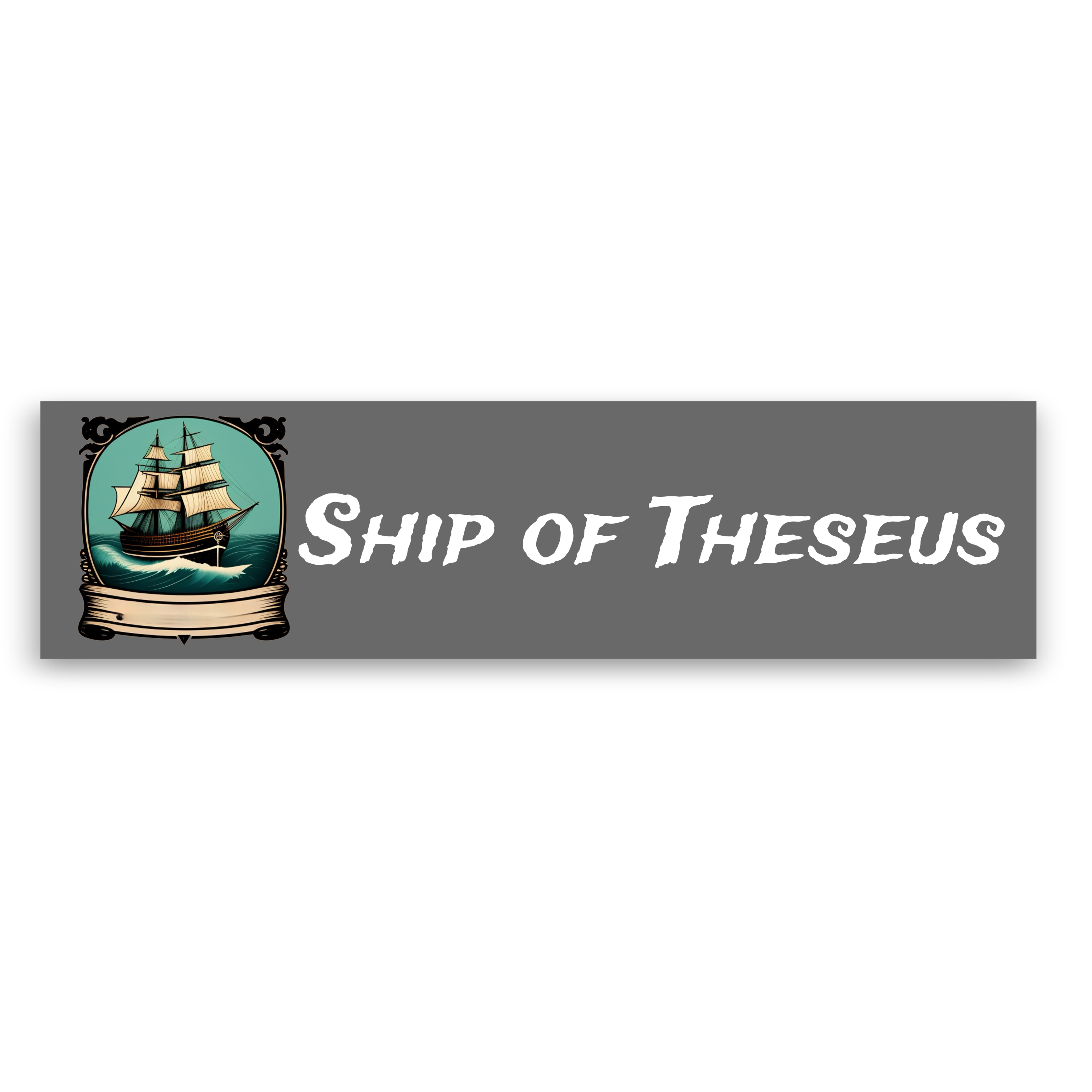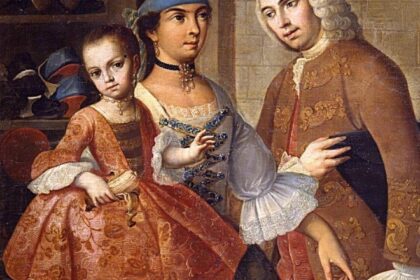In the June 1930’s edition of Oglethorpe University Bulletin, a declaration resonated with the founders’ vision for their institution: “But it is not so much the magnificent exterior of the institution about which the men who are founding Oglethorpe are most concerned, it is the spiritual and intellectual life of their university. To that end, they have resolved to maintain a faculty and a curriculum that will be of the highest possible quality (…) they will take the superb of old Oglethorpe and add the best of this present age” (Oglethorpe University, 1930). This statement reflects the ongoing need for adaptation and the challenges of the environment, which have served as a compass in educational management throughout the history of Oglethorpe University. This commitment was particularly significant during the 1920s-1930s, a period when the South was under intense scrutiny, notably after cultural critic H.L. Mencken argued in his essay “The Sahara of the Bozart” that Southern culture resembled the Sahara, emphasizing “a lack of all civilized gesture and aspiration” (Mencken, 1917). This sparked the first wave of the southern renaissance, something similar to the “War Boom” described by Eksteins in his book “Rites of Spring”. Though modernism manifested differently in Southern literature compared to post-war European literature, it shared the same concept: providing identity to the lost voices. Mencken’s criticisms of the South’s nature prompted several Southern authors to react by releasing various literary works as a counterargument, challenging the growing popular opinion that the South was merely a region devoid of any cultural value.


An influential figure in the Southern Renaissance was Ernest Hartsock, a recognized poet, publisher, and critic born in Atlanta, Georgia, on May 3rd, 1903. In 1925, he graduated with high honors with a bachelor’s degree, followed by a master’s degree in English from Emory University in 1926. During his undergraduate years at Emory, Hartsock edited the Emory Phoenix literary magazine. He published his first poem in the Phoenix during the midst of the Southern Renaissance, and his constant involvement and commitment shifted the magazine into a significant southern poetic source.
Additionally, he became an instructor of English at the Georgia Institute of Technology in 1926. In 1927, he founded the magazine Bozart: The bi-monthly poetry review, which quickly became the second-largest poetry publication in the country. Hartsock’s magazine name was born from Mencken essay’s title, aiming to challenge his negative perceptions, which claimed that the South had no cultural value. In his magazine, Hartsock refuted Mencken’s views by actively engaging the Southern community. He invited submissions of poetry from Southern writers, offering a $25 prize for the winning entry. Additionally, he fostered cultural and poetic involvement among southern residents by introducing an extra incentive by granting an additional award of $10 to members of the Atlanta Writers Club whose submissions were selected as winners.



In 1929, Dr. Thornwell Jacobs, president of Oglethorpe University, as a way of “[adding] the best of this present age (1930)” as declared in the 1930’s bulleting, appointed Ernest Hartsock as the Inaugural Professor of Poetics, therefore including the first ever poetry-focused course called Poetics, which, according to the 1930’s edition of Oglethorpe University Bulletin, was “The study and creative composition of poetry, including an intensive introduction to critical appreciation. Admission is open to students with a desire to write. The course incorporates informal discussion; personal criticism of verse; and reading by prominent guest artists from Atlanta and elsewhere” (Oglethorpe University, 1930).
Hartsock’s introduction of the poetics course marked his initial direct contribution to the Oglethorpe community. However, following his untimely death on December 14, 1930, at the age of 27, the poetics course he initiated lasted only four more years, disappearing from Oglethorpe’s curriculum by the 1934 edition of the Oglethorpe University Bulletin.
Moreover, upon examining the 1930 edition of The Yamacraw (the first year of Hartsock’s tenure as professor of poetics), a notable change was observed. In the senior section of the yearbook, each graduating senior included a verse. The encouragement extended to students to compose their own verses for inclusion in this edition of The Yamacraw can be attributed to Hartsock’s influence, given his fervent dedication to nurturing cultural engagement through poetry among Southern residents. Regrettably, this enriching literary addition to The Yamacraw ceased immediately following his passing.
Following his death, The Bozart was acquired by Oglethorpe and featured under the student activities section in the 1931 edition of The Yamacraw, indicating the community’s commitment to preserving his legacy. Despite subsequent issues of The Bozart bearing his name on the cover and being managed by his successors and Oglethorpe University, the publication eventually dwindled, with its final issue listed in the student activities section of The Yamacraw in 1935.

Unfortunately, despite Hartsock and The Bozart’s significant contribution to upholding Southern cultural values and identity through the promotion of poetic engagement, their legacy dissipated rapidly. The sole public reminder of Hartsock’s influence is a bronze bust situated at the Phillip Weltner Library in Oglethorpe University. However, the significance of this bust and its historical context often go unnoticed, as many students pass by this remarkable piece of history without recognizing its importance, and most of the times, without even knowing its existence. Currently, Oglethorpe University’s official literary magazine, known as “The Tower,” showcases a blend of artwork, poems, short essays, photographs, and music. However, there is a noticeable lack of commitment from the magazine staff, as evidenced by the absence of promotional efforts and the most recent online issue dating back to 2020. Similarly, Oglethorpe’s poetry club, Petrel Poets, has experienced significant inactivity, with the executive board remaining inactive for over six months.
This situation highlights the potential to explore the historical significance of Ernest Hartsock’s bust, tucked away in a corner of the Weltner Library, where it silently evokes the words “Ages of earth are in me” (Hartsock 1930). A revival of the essence of Bozart through a contemporary poetry magazine infused with Hartsock’s dedication presents an opportunity for significant impact. While the focus may shift from the essence of Southern culture and identity, the multitude of contemporary topics offers ample material for exploration. Through this contemporary revival, the voice in the corner of the Weltner Library may finally experience a sense of rebirth, echoing the sentiment “I am new iron miracled from rust” (Hartsock 1930).
Brown, G. (2017, March 10). H.L. Mencken and the South. Abbeville Institute. https://www.abbevilleinstitute.org/h-l-mencken-and-the-south/
Eksteins, M. (2012). Rites of spring: The Great War and the birth of the modern age. Vintage Canada.
Georgia State University, Perimeter College. (2021). Session 2 – Revival: Lost Southern Voices 2021. Retrieved 2024, from https://www.youtube.com/watch?v=myXs5IOuLM8&t=1199s.
Georgia State University, Perimeter College. (2021). REVIVAL: Lost Southern Voices 2021 Schedule
Glogowski, A. (2023, January 30). Ernest Hartsock’s Bozart Magazine: An oasis in the Sahara. Rose Library News. https://scholarblogs.emory.edu/marbl/2023/01/30/ernest-hartsocks-bozart-magazine-an-oasis-in-the-sahara/
GPT, grammar correction, March 31, 2023
Grammarly, grammar & tone correction, March 31, 2023
Hartsock, E. (1928). Bozart: The Bi-Montly Poetry Review, I1(3).
University, O. (1930). Oglethorpe University Bulletin, June 1930.
University, O. (1931). Oglethorpe University Bulletin, June 1931.
University, O. (1934). Oglethorpe University Bulletin, June 1934.
University, O. (1930). Oglethorpe University Yamacraw, June 1930.
University, O. (1931). Oglethorpe University Yamacraw, June 1931.
University, O. (1935). Oglethorpe University Yamacraw, June 1935.
University, O. (2016, August 17). MS 35 Bozart and Contemporary Verse Magazine. Philip Weltner Library. https://library.oglethorpe.edu/archives/manuscript-files/ms-35-bozart-and-contemporary-verse-magazine/
University, O. (n.d.). The Tower. https://ogletower.wixsite.com/website


